Around 80% of U.S. adults and teens are not sufficiently active, according to a recent study published in JAMA. And physical inactivity is the fourth
April 29, 2024
Fitness Offerings Are Third Most Popular Program
According to the results of the 2023 Industry Report survey, fitness programs were the third most commonly offered program at facilities of all kinds
April 22, 2024
Florida Swims Foundation and Step Into Swim Announce Renewed Partnership
The Florida Swims Foundation and Step Into Swim have joined forces to provide life-saving swim lessons to children throughout Florida.The
April 22, 2024
U.S. Soccer Foundation Celebrates 700th Mini-Pitch
On Monday, April 15, at Sandstone Ridge Park in North Las Vegas, the U.S. Soccer Foundation opened its 700th mini-pitch—a significant milestone in
April 22, 2024
Long-Lasting Phenolic Lockers From Bradley Add Function and Flair
Bradley Company, the leading source for high-quality locker room equipment, introduces a new collection of
April 22, 2024
Yamaha Outdoor Access Initiative Sponsors Recreation Exhibit
Yamaha Motor Corp., USA, announced it will be the exclusive motorized recreation sponsor of the Recreation exhibit at the National Conservation
April 22, 2024
Study Reveals Economic Impact of the Attractions Industry in Middle East Region
The first-ever attractions industry economic analysis for the Middle East region including several African countries is now unveiled. This
April 22, 2024
Compact L-Acoustics A10i Professional Sound System Conquers a Big Space at New Arena
When your high school is on the edge of the largest mountain range in North America, you tend to think big, and that’s exactly what Fountain-Fort
April 22, 2024
Most Commonly Planned Sports Addition? Synthetic Turf Fields
The most common type of sports-related amenity currently included in the facilities of respondents to the Industry Report survey is outdoor sports
April 17, 2024
YMCA Locations Across the Country Set Kids Up for Summer Success at Healthy Kids Day
On Saturday, April 20, YMCA locations across the country are taking part in the Y’s Healthy Kids Day®, the Y’s nationwide initiative to help build


